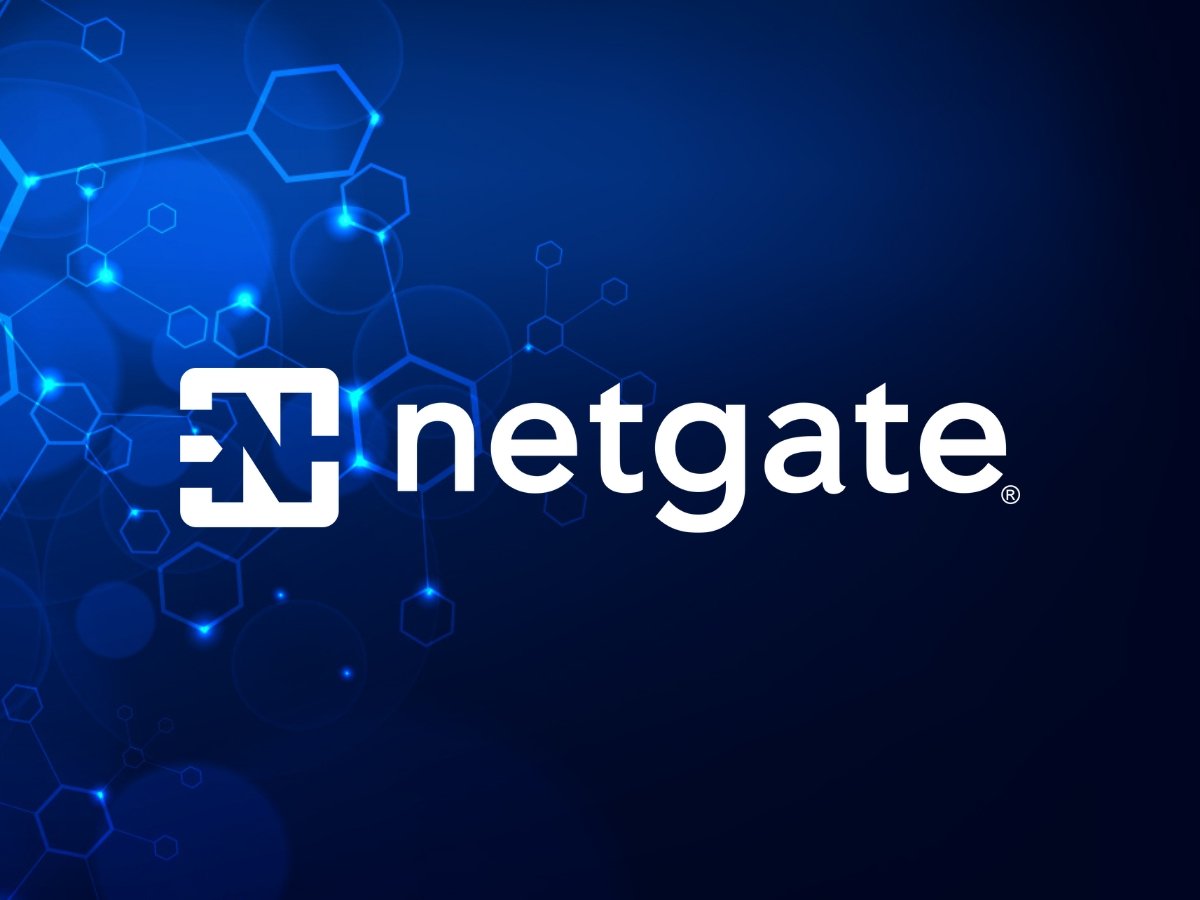Can’t you just use Obsidian and edit the MD files directly in your terminal? I know Obsidian isn’t open source, but as long as the files are MD and I can easily take them with me, I don’t really care.
- 4 Posts
- 84 Comments

 1·5 days ago
1·5 days agoThis looks pretty cool, I will give it a try. I am using Streamlit at the moment and I am quite content with it.
What are you going to use this GPU for. Simply for playing and you don’t care about ray tracing AMD is king. Or if you find a deal on Intel.
Self hosting LLMs and hobby AI/ML projects, NVIDIA.
Blender - NVIDIA
Internet Streaming - NVIDIA
Video editing - NVIDIA
Plex/Jellyfin - Intel
Unfortunately in most cases NVIDIA is still the king.
Check this link that will give you some ideas about the different GPUs: https://www.tomshardware.com/reviews/best-gpus,4380.html
Why don’t you use something like Tailscale? Other than that using non standard ports greatly reduces the risks of you getting compromised. The majority of attacks come from port scanners scanning for default ports and trying to use known vulnerabilities.

 15·2 months ago
15·2 months agoWhy don’t you build your own?

 5·2 months ago
5·2 months agoLooks very sleek

 1·3 months ago
1·3 months agoAnd that’s the biggest ISPs, plus he can still use Tailscale or Zerotier and still be able to access his network. Plus IPv6 IPs should be easy to assign and won’t be paid or limited.

 28·3 months ago
28·3 months agoThen do it yourself if you think this can be done so easily.

 1·3 months ago
1·3 months agoUsually German ISPs are giving you IPv6.

 3·3 months ago
3·3 months agoGreat, but creating such an app would require someone to foot the bill for hosting user data, the web app and this can easily amount to quite a substantial sum. Not to mention that supporting this app would also be quite time consuming.

 4·3 months ago
4·3 months agoMost likely you are under CGNAT, so your best bet is Tailscale, Wireguard, CloudFlare Tunnel or Zero Tier. Pick your poison.
With this GPU you can install a media server like Plex or Jellyfin and offload the transcoding on the GPU, but mind you you will still have a high idle load consumption.
Normally in a headless home server I would need virtualisation and low idle power consumption. So this GPU and PSU are a bit of an overkill if you are not planning to fully utilise them.

 6·5 months ago
6·5 months agoAnother piece of the puzzle is probably your WiFi router, as you normally won’t get speeds near 1Gbps over WiFi. In order to benefit maximally from it, you need to connect your devices (laptops, stationary PC, TV, etc.) with a cable to get the most of it.
You should also try to disable some pfSense plugins, like OpenVPN, zenArmor, etc. as they will severely limit your bandwidth throughput. But as others said, most likely you will also need to upgrade your hardware box, and you can migrate to OPNsense while at it.

 1·5 months ago
1·5 months agoJust changing the SSH port to non standard port would greatly reduce that risk. Disable root login and password login, use VLANs and containers whenever possible, update your services regularly and you will be mostly fine

 6·5 months ago
6·5 months agoIf you are behind CGNAT and use some tunnel (Wireguard, Tailscale, etc.) to access your services which are running on Docker containers, the attack vector is almost not existing.
Do you really need multiple VMs, can’t you run all at one? The easiest would be to install some windows/Linux on a single machine. Then stream your games with Sunshine/Moonshine and connect over RDP/VPN?

 12·6 months ago
12·6 months agohttps://github.com/awesome-selfhosted/awesome-selfhosted - just pick one or more services from the list and start looking into their documentation.
YouTube and the web are full of information and guides how you can do it. Me personally I would suggest you to use Docker container and Docker compose if possible. You can see how you can install Docker or Podman to run the containers.

 8·6 months ago
8·6 months agoI am very much interested



That’s true, but they also seem to be very power hungry and noisy. I built a fanless server which is consuming 11-12 Watts in idle.